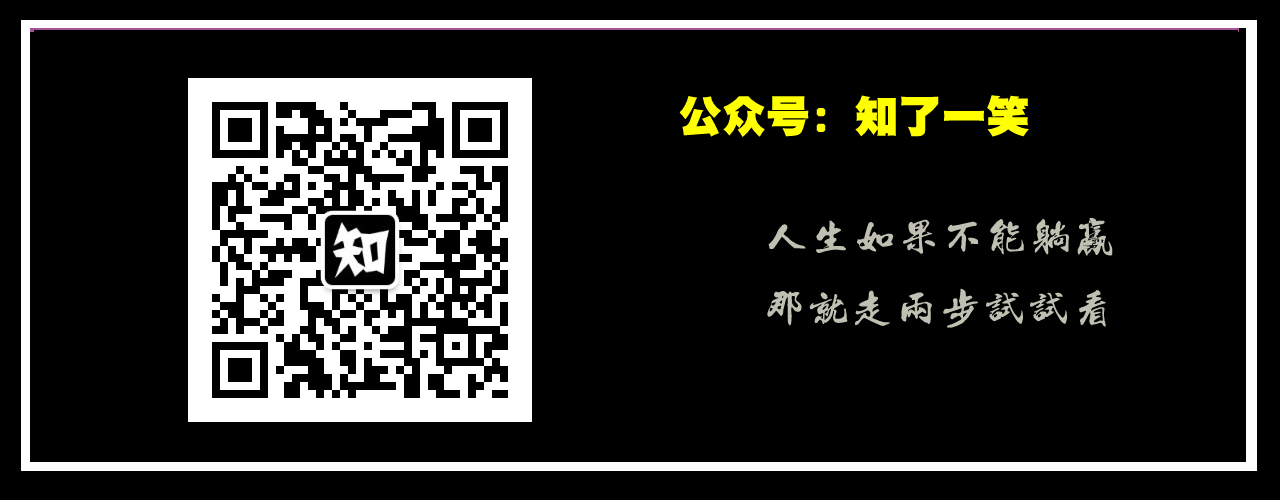Source code for this article: GitHub. Click here || GitEE. Click here
1. Listener listener
1. Introduction to concepts
There are three components of JavaWeb: Servlet, Listener, Filter.A listener is a component that monitors the state changes of related objects in an application.
2. Event Source Object
Refers to the object being listened on.
- ServletContext
ServletContextListener lifecycle monitoring, which has two methods, calling contextInitialized() at birth and contextDestroyed() at destruction;
The ServletContextAttributeListener property listens, which has three methods: adding attribute Added (), replacing attribute Replaced (), and removing attribute Removed ().
- HttpSession
HttpSessionListener lifecycle monitoring: It has two methods: calling sessionCreated() at birth and sessionDestroyed() at destruction;
The HttpSessioniAttributeListener property listens on: It has three methods: adding attribute Added (), replacing attribute Replaced (), and removing attribute Removed ().
- ServletRequest
ServletRequestListener lifecycle monitoring: It has two methods, requestInitialized() at birth and requestDestroyed() at destruction;
The ServletRequestAttributeListener property listens on: It has three methods: adding attribute Added (), replacing attribute Replaced (), and removing attribute Removed ().
3. Coding Cases
- Related listeners
TheContextListener
public class TheContextListener implements ServletContextListener { @Override public void contextInitialized(ServletContextEvent servletContextEvent) { System.out.println("Initialization: TheContextListener"); ServletContext servletContext = servletContextEvent.getServletContext() ; servletContext.setAttribute("author","cicada"); } @Override public void contextDestroyed(ServletContextEvent servletContextEvent) { System.out.println("Destroy: TheContextListener"); } }
TheRequestListener
public class TheRequestListener implements ServletRequestListener { @Override public void requestDestroyed(ServletRequestEvent servletRequestEvent) { System.out.println("Initialization: TheRequestListener"); } @Override public void requestInitialized(ServletRequestEvent servletRequestEvent) { System.out.println("Destroy: TheRequestListener"); } }
TheSessionListener
public class TheSessionListener implements HttpSessionListener { @Override public void sessionCreated(HttpSessionEvent httpSessionEvent) { System.out.println("Initialization: TheSessionListener"); } @Override public void sessionDestroyed(HttpSessionEvent httpSessionEvent) { System.out.println("Destroy: TheSessionListener"); } }
RequestAttributeListener
public class RequestAttributeListener implements ServletRequestAttributeListener { @Override public void attributeAdded(ServletRequestAttributeEvent evt) { System.out.println("Request Add attributes:"+evt.getName()+";"+evt.getValue()); } @Override public void attributeRemoved(ServletRequestAttributeEvent evt) { System.out.println("Request Remove attributes:"+evt.getName()+";"+evt.getValue()); } @Override public void attributeReplaced(ServletRequestAttributeEvent evt) { System.out.println("Request Replace attributes:"+evt.getName()+";"+evt.getValue()); } }
- web.xml configuration file
<!-- Listener-related configurations --> <listener> <listener-class>com.node05.servlet.listener.TheContextListener</listener-class> </listener> <listener> <listener-class>com.node05.servlet.listener.TheSessionListener</listener-class> </listener> <listener> <listener-class>com.node05.servlet.listener.TheRequestListener</listener-class> </listener> <listener> <listener-class>com.node05.servlet.listener.RequestAttributeListener</listener-class> </listener> <session-config> <!-- Set up session Failure time is 1 minute --> <session-timeout>1</session-timeout> </session-config>
- Test interface
public class ListenerServletImpl extends HttpServlet { @Override protected void doGet(HttpServletRequest request, HttpServletResponse response) throws ServletException, IOException { response.setContentType("text/html;charset=utf-8"); // 1. Get TheContextListener initialization data ServletContext servletContext = this.getServletContext() ; String author = String.valueOf(servletContext.getAttribute("author")) ; System.out.println("TheContextListener Author:"+author); // 2. Request property settings request.setAttribute("mood","smile"); request.setAttribute("mood","agitated"); // 3. Session creation, 1 minute expiration, call destroy HttpSession session = request.getSession(true) ; session.setAttribute("casually","casually"); response.getWriter().print("Hello:Listener"); } }
2. Filter Filter
1. Introduction to filters
When a client requests a Servlet, the relevant Filter is executed first, and if the Filter passes, the Servlet that executes the request is inherited; if the Filter does not pass, the Servlet that the user requests is not executed.Filters can dynamically intercept requests and responses.
2. Filter interface
The Filter interface defines three core methods.
- init()
When the application starts, the server instantiates the Filter object, calls its init method, reads the web.xml configuration, and completes the initial loading of the object.
- doFilter()
The actual filtering operation, when the request reaches the server, the Servlet container will call the filter's doFilter method first.
- destroy()
The container calls this method before destroying the filter, releasing the resources used by the filter.
3. Coding Cases
- Write filters
public class ThePrintLogFilter implements Filter { @Override public void init(FilterConfig filterConfig) throws ServletException { String myName = filterConfig.getInitParameter("myName") ; System.out.println("myName: "+myName); } @Override public void doFilter(ServletRequest servletRequest, ServletResponse servletResponse, FilterChain chain) throws IOException, ServletException { HttpServletRequest request = (HttpServletRequest)servletRequest ; HttpServletResponse response = (HttpServletResponse)servletResponse ; String name = request.getParameter("name") ; if (!name.equals("cicada")){ response.getWriter().print("User Error !"); return ; } chain.doFilter(servletRequest,servletResponse); } @Override public void destroy() { System.out.println("ThePrintLogFilter destroy()"); } }
- web.xml configuration file
<!-- Filter related configuration --> <filter> <filter-name>thePrintLogFilter</filter-name> <filter-class>com.node05.servlet.filter.ThePrintLogFilter</filter-class> <init-param> <param-name>myName</param-name> <param-value>cicada</param-value> </init-param> </filter> <filter-mapping> <filter-name>thePrintLogFilter</filter-name> <url-pattern>/filterServletImpl</url-pattern> </filter-mapping>
- Test interface
public class FilterServletImpl extends HttpServlet { @Override protected void doGet(HttpServletRequest request, HttpServletResponse response) throws ServletException, IOException { response.setContentType("text/html;charset=utf-8"); response.getWriter().print("Hello:Filter"); } }
3. Interceptor Interceptor
The interceptor Interceptor in the Spring framework is similar to the filter Filter in the Servlet and is primarily used to intercept user requests and process them accordingly.For example, the interceptor can verify permissions, log requests, determine whether users are logged in, and so on.Request forwarding does not perform interception and filtering; redirection performs interception and filtering.
4. Source code address
GitHub·address https://github.com/cicadasmile/java-base-parent GitEE·address https://gitee.com/cicadasmile/java-base-parent
